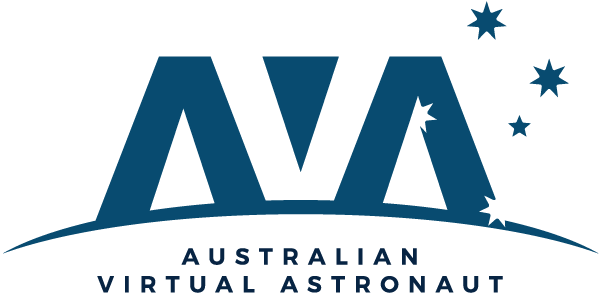Australian Virtual Astronaut Challenge
Mission 8 | Iterate
Improve your solution
Refine design solutions, revise, and continually improve.
Register for the 2024 challenge here

Introduction
What is “Iterate”?
This stage of the iSTEM engineering design process requires students to continuously improve their design. Which changes will produce a better result? Can you improve the design’s functionality? Are the more ideas that can be incorporated into the design?
Use the lesson below to commence solving one of the following scenarios
- Earth Observation
- Robotics
- Home on the Moon
- Growing food in space
- AI in Space
Mission Brief
Key Questions for Students to consider
- Do we need to revisit earlier phases of the process?
- Has the identified problem or need changed?
- Has the solution produced other opportunities?
- How can the solution be further improved?
- If you decide to make revisions, what will it look like?
- Are there plans and enough resources to make revisions
Possible Activities
- Assess previous iterations of the design solution.
- Repeat, design, prototype and evaluate, until the ‘best possible solution’ is achieved.
- Refine design ideas based on results of experimentation, testing and evaluation.
- Produce a minimal viable product (MVP) after numerous iterations of the design solution.
Suggested Learning Sequence – Mission 8
Our expert curriculum designers have developed a suggested Mission 8 learning sequence for teachers. The following is for the full set of AVA resources, however, teachers are encouraged to only use activities that are most suitable for their own class and school setting.
Sub Mission 1: Setting the Scene Watch the introductory video from Ben Newsome. Also watch the Core Electronics video that shows an example design process that uses the iSTEM process.
Sub Mission 2: Iterate Provide students with this worksheet and get them to sketch and annotate four different improvements or iterations of their previous design solution.
Sub Mission 3: Iterate Drawing Provide students with this worksheet and ask them to draw a new iteration of their design solution combining some of their ideas from the previous exercise. Get students to annotate their drawings to provide descriptions of the improvements.
Sub Mission 4: More Drawings Provide students with these worksheets and ask them to produce a series of drawings of their newly iterated design. Get students to produce a top and side view orthographic drawing, a pictorial drawing and an isometric drawing using the iso grid. Students should annotate their drawings.
Sub Mission 5: Final Design Provide students with this worksheet. Ask students to complete the final annotated drawing of their design solution.
Sub Mission 6: Scenarios Get students to watch the selected videos from their selected scenario to provide additional context for their project.
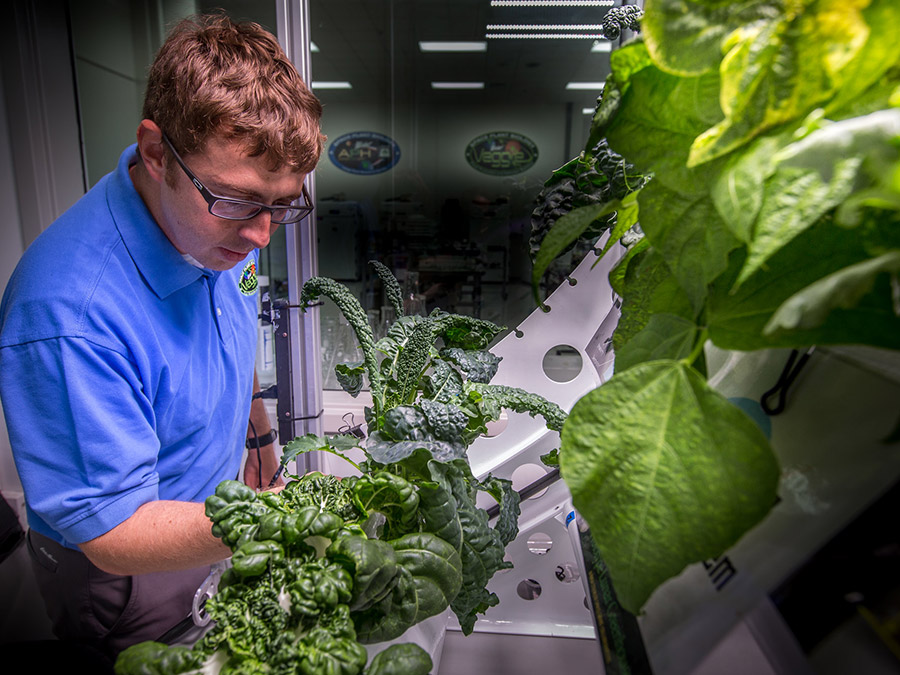

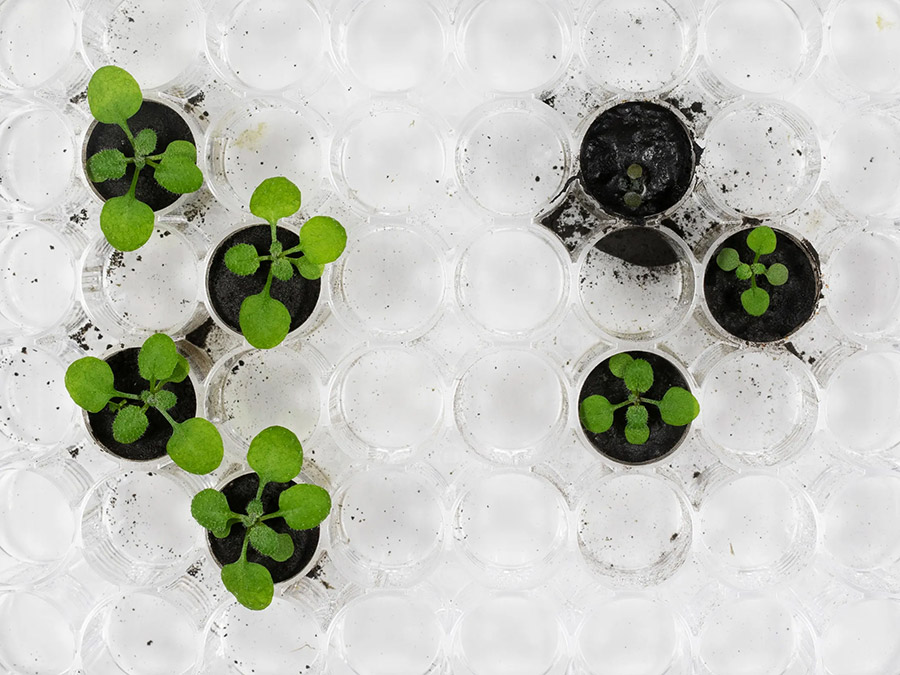



Downloadable Resources
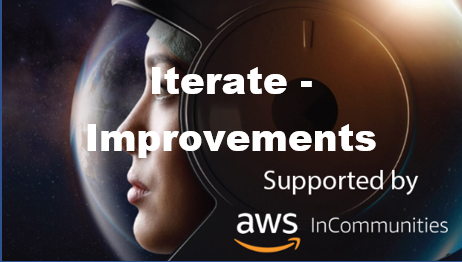

Iterate – Improvements
In this worksheet students sketch and explain four possible improvement to their original design. Students to annotate sketches to describe improvements.


Iterate – Drawing
In this worksheet students sketch a second iteration of their design solution. Students should integrate some of the design ideas from the previous sheet.
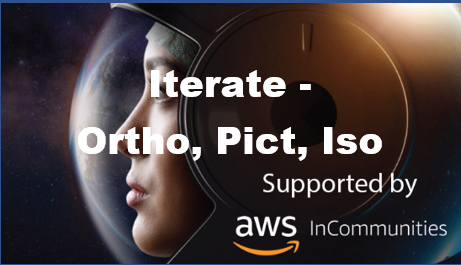

Iterate – Ortho, Pictorial, Iso Drawing
In these worksheets students are to produce a range of drawing including Orthographic, Pictorial and Isometric projections of the new design iteration.
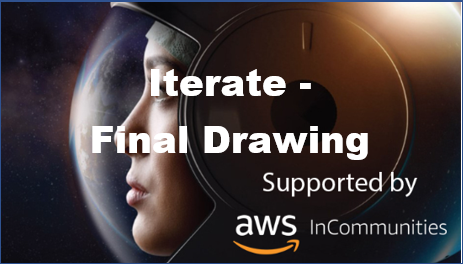

Iterate – Final Drawing
In this worksheet students are to communicate their final iterated design concept. Use the sheet to show the details of the design with annotations.
All Scenarios – Resources
General background information for teachers and students to support challenge activities
Core Electronics – ISTEM Process
Core Electronics showcase how they have used the iSTEM engineering design process to create an electronic name badge use to play Rock, Paper, Scissors. (10.07 minutes)
Iteration using a LEGO car
Step by step, this video shows the constant improvement of a LEGO car so that it can cross a wider & wider gap between tables (4:24 minutes).
Iterating to improve solutions with AWS Aerospace & Satellite Solutions
Iterating to create an AI that can land a rocket on the moon
Scenario 1: Earth Observations
Earth System Observatory
From continents to measurements of individual trees, NASA’s Earth System Observatory will look at processes that connect our world (4:35 minutes).
What if every satellite suddenly disappeared?
We take the use of satellites for granted. Moriba Jah investigates what would happen if they suddenly did not exist (5:16 minutes)
Scenario 2: Robotics
Closing date for submissions: Semester 1- Friday 28 June 2024; Semester 2 – To be confirmed
Download the mission brief
AROSE – Iteration
AROSE – Australian Remote Operations for Space and Earth consortium works to leverage existing remote operations expertise in the Australian resource sector and catalyse knowledge transfer between terrestrial and off-Earth domains. Newton Campbell, Director – Space Programs speaks with Ben Newsome from Fizzics Education on iteration in engineering. (3:21 Minutes)
Inside Boston Dynamics: Iteration with Atlas
Boston Dynamics continues to push the limits of robotic mobility, perception, and athletic intelligence. This video takes you behind the scenes for executing & debugging a parkour routine for the Atlas robot. Consider how many iterations would be needed to get a robot to perform a parkour course successfully. (5:49 minutes).
Scenario 3: Home on the Moon
In-situ resource utilization (ISRU)
Research teams at the Kennedy Space Center are working to figure out how to generate products with local materials and why ISRU is so important and how NASA is working to recycle in space efficiently and effectively (11:11 minutes).
Forming a Moon village
Johann-Dietrich Woerner, Director General of the European Space Agency, describes concepts of how a Moon village offers an opportunity for international collaboration (4:26 minutes)
Scenario 4: Growing plants in space
Onboard Artemis I: Studying yeast cells in space
Dr. Luis Zea (University of Colorado Boulder) describes the Deep Space Radiation Genomics (DSRG) study, one of four studies under NASA’s Biological & Physical Sciences Division’s Biological Experiment-01 (BioExpt-01) aboard Artemis I (2:08 minutes)
Iterative proposals: growing plants in lunar soil
Iteration can be about your proposals as well. This video covers how two UF/IFAS researchers iteratively designed proposals that eventually convinced NASA to loan samples of the moon’s surface to research if plants could grow in lunar soil (3:19 seconds)
Scenario 5: AI in space
Using AI to tackle climate change – BBC
Simon Redfern from the University of Cambridge explains how AI can help us understand, adapt to and even reduce climate change. (4:05 minutes)
AI used to identify exoplanets – NASA
The large amount of data being produced by telescopes can be sorted quickly by artificial intelligence (3:19 seconds)
Scenario 6: Telecommunications in space
Communications Services Project (CSP) Overview
This explores NASA’s conversion from using GOGO/GOCO satellite communications for near-Earth missions to future missions making use of commercial SATCOM. (3:08 minutes)
What is ESA’s Moonlight initiative?
ESA is working with its industrial partners on the Moonlight initiative, to become the first off-planet commercial telecoms and satellite navigation provider. (3:37 seconds)
Australian Virtual Astronaut Challenge
Next Mission | Communicate
Share your solution
Communicate and share design solutions to key stakeholders.
